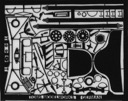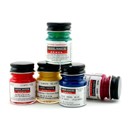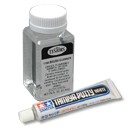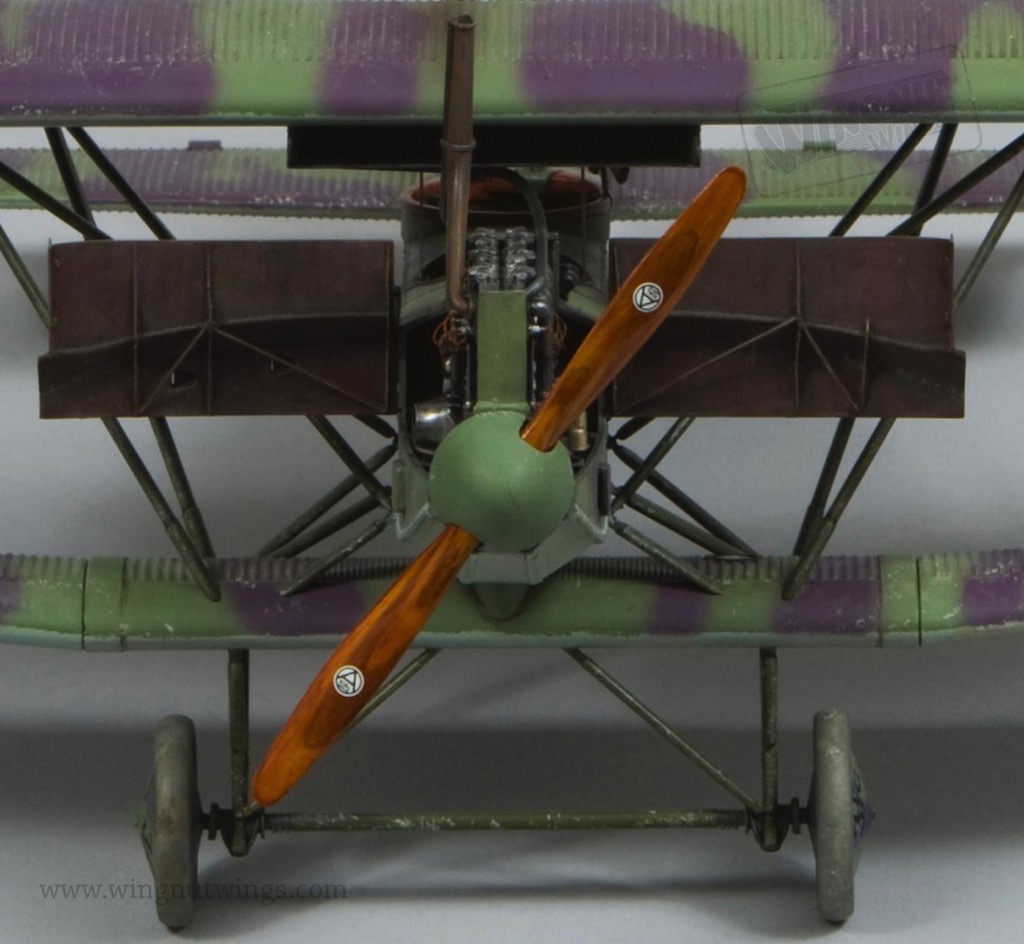

Junkers J.1
Unassembled plastic model kit with photo-etch parts.
Don't forget building supplies!
DISCONTINUED This product has been discontinued
and is no longer available.$119.99
(All prices in U.S. Dollars)
Manufacturer: Wingnut Wings
Stock Number: WNW 32001
Scale: 1/32
View all products of type "Junkers J.I"
and is no longer available.$119.99
(All prices in U.S. Dollars)
Manufacturer: Wingnut Wings
Stock Number: WNW 32001
Scale: 1/32
View all products of type "Junkers J.I"
This model kit requires assembly. Cement, paint and other construction materials not included unless specifically stated in the description.
Features:
Junkers were a pioneer in the construction of metal aircraft with their steel monoplane (confusingly also called the J.1) being completed in 1915. This was followed by an improved version called the J.2 and finally the J.3 made from the much lighter duraluminium (aluminium). This material was the natural choice for use in Hugo Junkers' revolutionary J.4 designed to meet Idflieg's J type specifications. This J.4, as Junkers referred to it, was confusingly designated the J.1 in service by Idflieg.
The Junkers J.1 (J.4) airframe was constructed entirely of duraluminium (dural) tubes almost completely sheathed in corrugated dural sheet. The front fuselage was constructed from 5mm armoured steel to protect the crew from enemy fire. Initially the rear fuselage, fin and rudder were covered with fabric but later production aircraft had the fin and rudder sheathed in corrugated sheet dural. Development was continued post armistice when even the rear fuselage was covered with corrugated sheet dural. This fully corrugated aircraft design would remain a Junkers feature well into the 1930s.
Nicknamed 'the flying tank' or 'removal van', the Junkers J.1 was the A-10 Thunderbolt of its day, designed to attack enemy ground targets while remaining impervious to ground fire. Despite being heavy, relatively slow and requiring a long take off and landing area, the J.1 was popular with its crews due to the protection provided by its armoured front section and all metal airframe.
- Almost no rigging required
- High quality Cartograf decals included for 5 aircraft
- 152 high quality injection moulded plastic parts
- Optional parts for early, mid and late production aircraft
- 17 photo-etched metal detail parts
- Optional Parabellum LMG14 and LMG 14/17 machine guns
- Highly detailed Bz.IV engine
Junkers were a pioneer in the construction of metal aircraft with their steel monoplane (confusingly also called the J.1) being completed in 1915. This was followed by an improved version called the J.2 and finally the J.3 made from the much lighter duraluminium (aluminium). This material was the natural choice for use in Hugo Junkers' revolutionary J.4 designed to meet Idflieg's J type specifications. This J.4, as Junkers referred to it, was confusingly designated the J.1 in service by Idflieg.
The Junkers J.1 (J.4) airframe was constructed entirely of duraluminium (dural) tubes almost completely sheathed in corrugated dural sheet. The front fuselage was constructed from 5mm armoured steel to protect the crew from enemy fire. Initially the rear fuselage, fin and rudder were covered with fabric but later production aircraft had the fin and rudder sheathed in corrugated sheet dural. Development was continued post armistice when even the rear fuselage was covered with corrugated sheet dural. This fully corrugated aircraft design would remain a Junkers feature well into the 1930s.
Nicknamed 'the flying tank' or 'removal van', the Junkers J.1 was the A-10 Thunderbolt of its day, designed to attack enemy ground targets while remaining impervious to ground fire. Despite being heavy, relatively slow and requiring a long take off and landing area, the J.1 was popular with its crews due to the protection provided by its armoured front section and all metal airframe.

Copyright © 2005-2024 Scale Hobbyist, all rights reserved








































